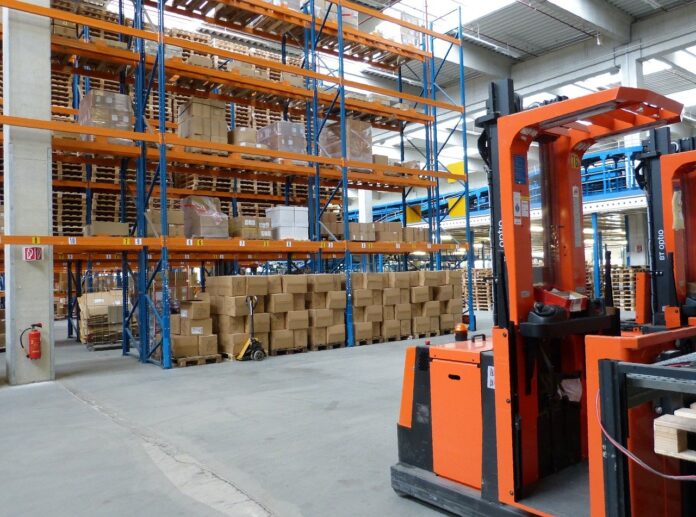When choosing a forklift or fleet for your operation, it is important to consider multiple key factors before making your final decision. These factors include application, personal requirements, and suitability for different environments. Carefully thinking about these elements before you buy your forklift will ensure you get a truck that performs to the precise standards needed for your work.
There are a number of different types of forklifts, all with different features and uses that would suit your needs. Also, newer forklifts are always coming onto the market reflecting technological advancements that are made in the industry, an example of this is the bendi forklift truck. This combines some of the best features of other types of forklifts into one efficient machine. Let’s look at the main types of forklifts below.
Counterbalance forklifts
Counterbalance trucks are the most common type of forklifts, these models have protruding forks at the front that allow for easy operation and lifting. Like their name suggests these forklifts have a counterbalance design that incorporates a weight at the back of the truck to offset the load being lifted at the front.
Thanks to their compact shape, counterbalance trucks give the user maximum manoeuvrability, ensuring the truck can be driven up to the loading location with ease. The electric models of this truck boast an economical motor, meaning they are able to deliver high productivity and fairly low operating costs.
Reach forklifts
Named for their extended lift height, reach trucks are invaluable in situations that involve high rise pallet storage. Reach forklifts are also space-saving, meaning they can access narrower aisles, as well as being extremely rigid which helps them lift heavy loads to a tall height. These types of trucks are perfect for situations that need extended reach capabilities in a tight working environment, they are most suited to working inside on even surfaces.
Stackers
Normally operated from a standing position, stackers often come in electric models. Safety and manoeuvrability are key features of any stacker truck. Different types of stackers, like powered stackers, wrap over stackers, and electric straddle stackers, will offer their own benefits. For example, adjustable straddle legs, retractable masts, compact chassis, and controlled load handling. Stackers can have a number of uses such as block stacking, vehicle loading, order picking, and pallet transport.
Order pickers
To meet the distribution needs of modern businesses, order picking forklifts are essential additions. Electrically powered, these forklifts usually have an elevated driver platform and elevating forks that help the truck easily place chosen items onto the pallet area. During distribution processes, lowering costs and increasing efficiency are primary concerns. Order pickers can help with this as they allow drivers to pick items at a great height.
Hand pallet trucks
These work by slipping the fork underneath the pallet and using a hand operated, hydraulic jack to lift the load. As hand pallet trucks have a reasonably small chassis length, they can maintain a high degree of motion and the light elements mean it can be easily carried and stored. Hand pallet trucks are useful for ground-level manual movements of pallets around a warehouse, they are the most basic model of forklift.







